Food intolerances or “sensitivities” can affect you in so many ways.
And they’re a lot more common than most people think. Even if you don’t think you are sensitive to anything.
I’m not talking about anaphylaxis or immediate allergic reactions that involve an immune response. Those are serious and can be life-threatening. If you have any allergies, you need to steer clear of any traces of foods you are allergic to, and speak with your doctor or pharmacist about emergency medication, if necessary.
What I’m talking about, is an intolerance, meaning you do not tolerate a specific food very well and it causes immediate or chronic symptoms anywhere in the body. Symptoms can take hours or even days to show themselves. And symptoms can be located just about anywhere in the body.
And this is exactly what makes them so tricky to identify.
Symptoms of food intolerances
There are some common food intolerances that have immediate and terribly painful gastrointestinal symptoms, such as lactose intolerance or celiac disease. These can cause stomach pain, gas, bloating, and/or diarrhea; symptoms can start immediately after eating lactose or gluten.
Other more insidious symptoms may not be linked to foods in an obvious way.
Symptoms like:
Chronic muscle or joint pain;
Sweating, or increased heart rate or blood pressure;
Headaches or migraines;
Exhaustion after a good night’s sleep (7-9 hours);
Autoimmune conditions like Hashimoto’s or rheumatoid arthritis;
Rashes or eczema;
Inability to concentrate or feeling like your brain is “foggy”;
Shortness of breath.
If your body has trouble digesting specific foods, it can affect your hormones, metabolism, or even cause inflammation and result in any of the symptoms listed above. And these can affect any (or all) parts of the body, not just your gastrointestinal system.
In our house, when my kids eat foods they are sensitive to, one of the reactions that we have noticed is a cerebral one. After eating some foods, their behaviour changes – anger, lack of patience, irritability and inability to cope with regular occurances means lots of tears! It can be dramatic and every time it happens, we kick ourselves for letting them eat the offending food.
How to prevent these intolerances
Obviously, the main thing you can do is to figure out which foods or drinks you may be reacting to and stop ingesting them.
Simple right? Easier said than done…it can be SO HARD.
The goal is to get rid of those offending foods/drinks, all traces of them, for three full weeks and monitor your symptoms.
If you start to feel better, then you need to decide whether it’s worth it to stop ingesting them completely, or if you want to slowly introduce them back one at a time while still looking out to see if/when symptoms return.
Here are two of the most common triggers of food intolerances:
Lactose (in dairy – eliminate altogether, or look for a “lactose-free” label). Yes, that includes yogurt, ice cream, and cheese. Try nut or coconut milk instead.
Gluten (in wheat, rye, and other common grains – look for a “gluten-free” label – try gluten-free grains like rice, quinoa, millet, & gluten-free oats).
This is by no means a complete list, but it’s a good place to start because lactose intolerance is thought to affect up to 75% of people, while “non-celiac gluten sensitivity” can affect up to 33% of people.
I can hear many of you scoffing at this right now. You LOVE cheese and yogurt and have it everyday and/or multiple times a day…and giving it up seems impossible. But remember, this is only for 3 weeks! Imagine what life would feel like pain free, or full of energy, or less bloated…or without the negative symptoms that have been with you for so long, you consider them ‘normal’. Just imagine. And now tell me that that life isn’t worth 21 days.
So, if you can eliminate all traces of lactose and gluten for three weeks, it can help confirm whether either or both of these, are a source of your symptoms.
Yes, dairy and grains are a part of many government-recommended food guidelines (which are also supported by those same organizations), but you can absolutely get all of the nutrients you need if you focus on replacing them with nutrient-dense foods.
A reliable way to monitor how you feel after eating certain foods is to track it. After every meal or snack, write down the foods you ate, and any symptoms so you can more easily spot trends.
Click here to download a free copy of my Weekly Diet Diary/Food Journal to help you track.
And, as mentioned earlier, symptoms may not start immediately following a meal. You may find, for example, that you wake up with a headache the morning after eating bananas.
You might be surprised what links you can find if you track your food and symptoms well!
IMPORTANT NOTE: When you eliminate something, you need to make sure it’s not hiding in other foods, or the whole point of eliminating it for a few weeks is lost. Restaurant food, packaged foods, and sauces or dressings are notorious for adding ingredients that you’d never think are there. You know that sugar hides in almost everything, but did you also know that wheat is often added to processed meats and soy sauce, and lactose can even be found in some medications or supplements?
When in doubt you HAVE to ask the server in a restaurant about hidden ingredients, read labels, and consider cooking from scratch.
What if it doesn’t work?
If eliminating these two common food intolerances doesn’t work, then you can go one step further to eliminate all dairy (even lactose-free) and all grains (even gluten-free) for three weeks.
You may need to see a qualified healthcare practitioner (like me) for help, and that’s OK. I don’t want you to continue suffering if you don’t need to!
Recipe (dairy-free milk): Homemade Nut Milk

Cashew milk is by far the easiest (and quickest) nut milk to make. Cashews are a naturally softer nut so if you are pressed for time, you don’t even need to soak them overnight. When I forget to soak them, I simply throw them in a glass of water for a few minutes while I am prepping other things, then I get to making my milk! Oh, and the best part – no straining so there is no waste!
Makes 3-4 cups
Ingredients:
- 1 cup raw cashews (These are the ones I use)
- 3 cups water
- pinch of salt
- ¼ teaspoon vanilla extract (optional)
- 1 tbsp maple syrup or 1-2 dates (optional)
Directions:
- Soak nuts for about 4-6 hours (optional, but recommended).
- Dump soaking water & rinse nuts.
- Add soaked nuts and 3 cups water to a high-speed blender and blend on high for about one minute until very smooth.
Serve & enjoy!
Tip: You can double (or halve) the recipe and store the milk in an airtight container in the fridge for up to 7 days.


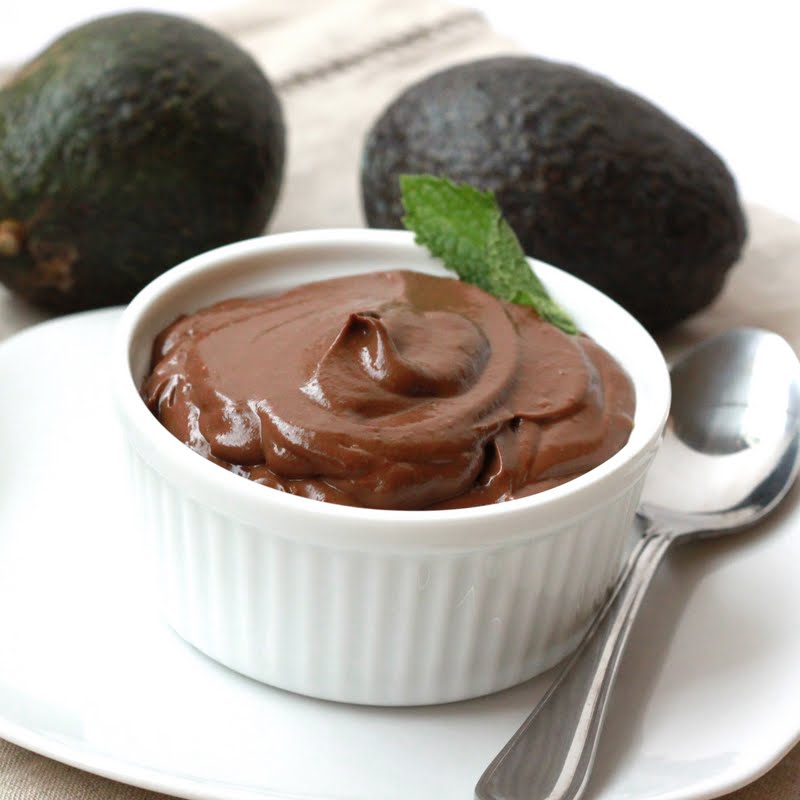
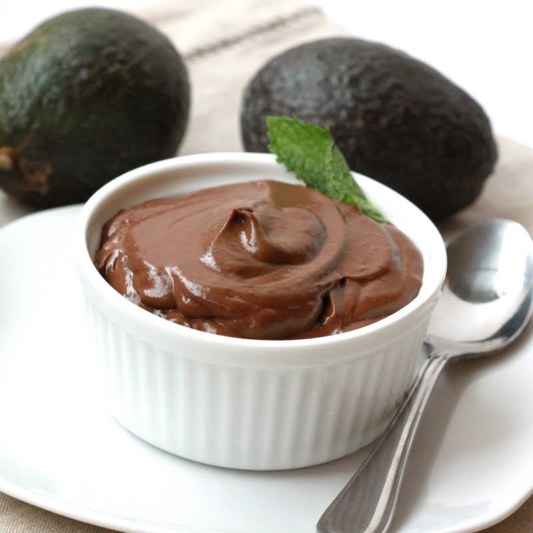




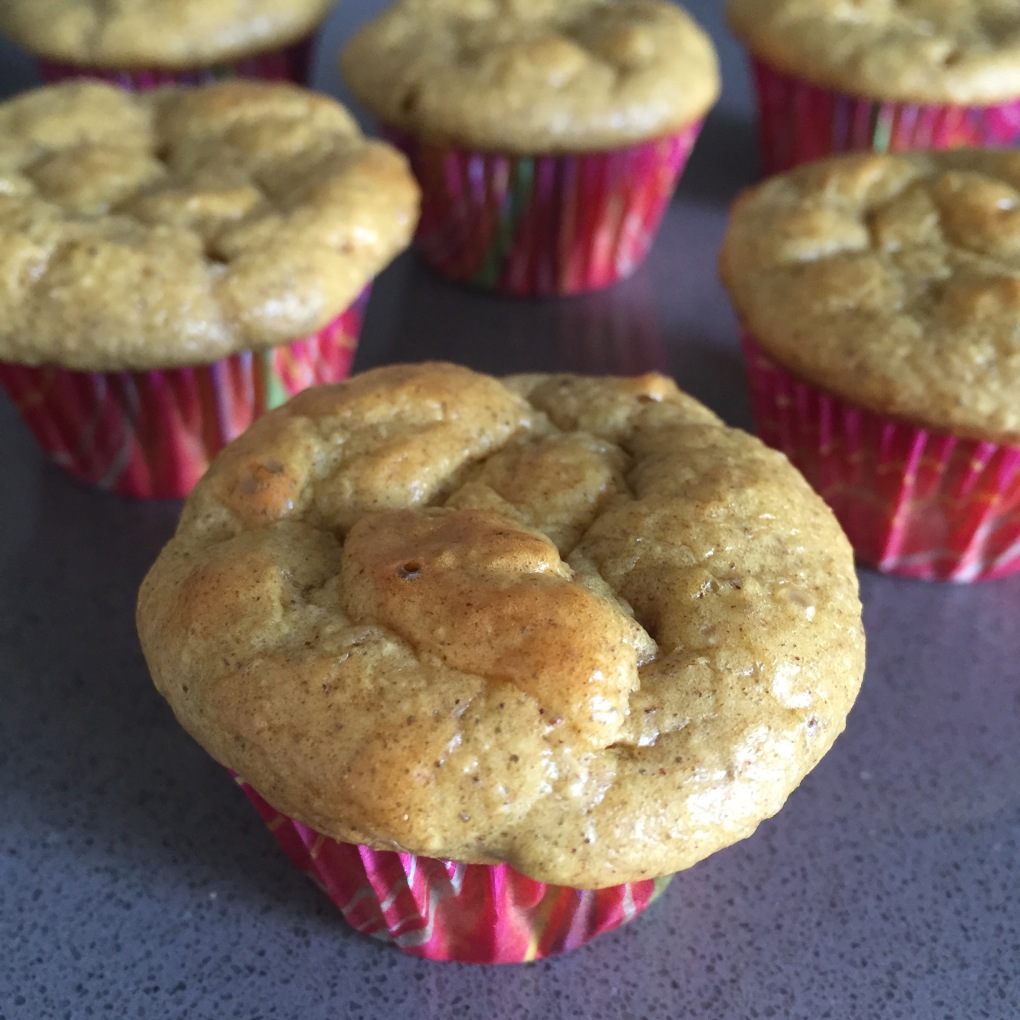


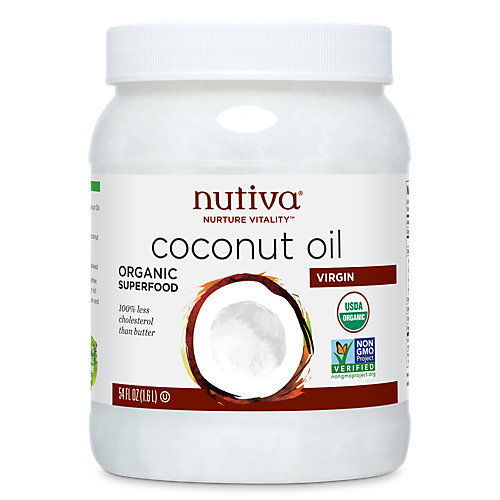



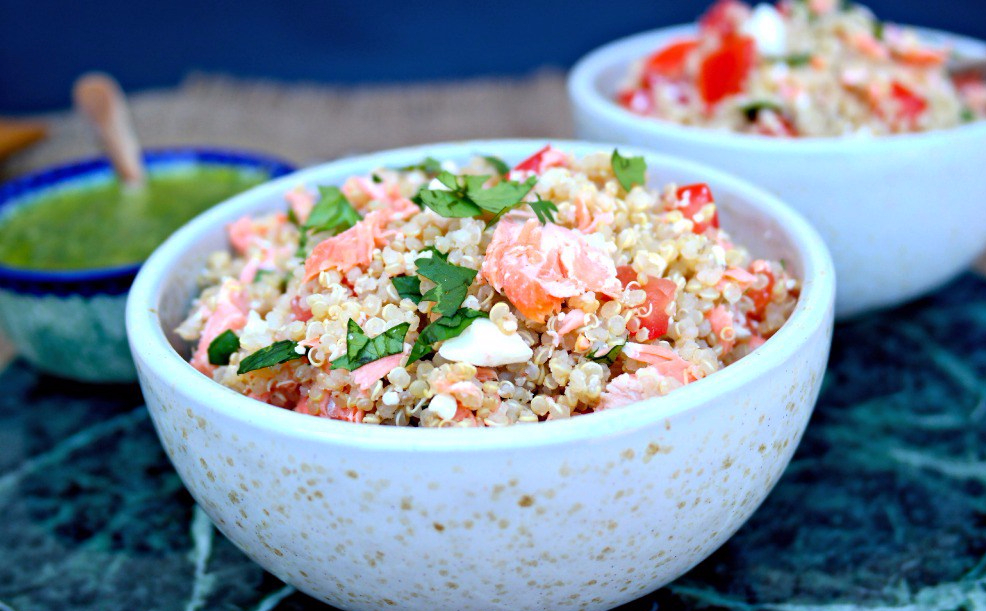 Serves 2
Serves 2
 Serves 1
Serves 1